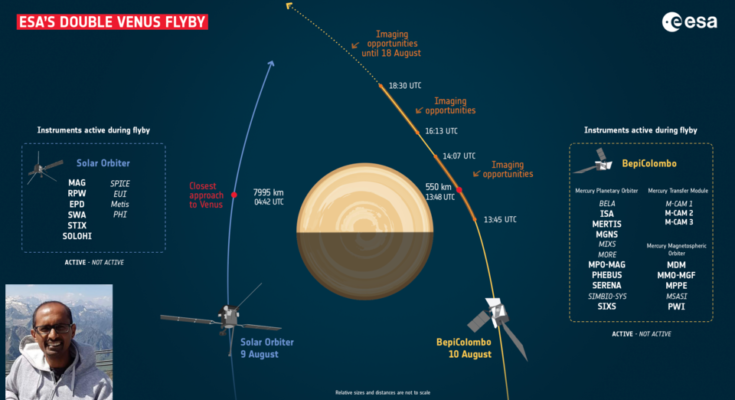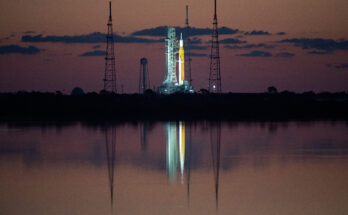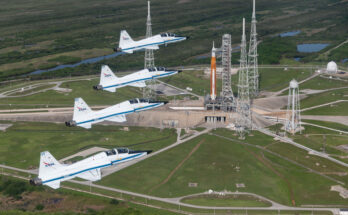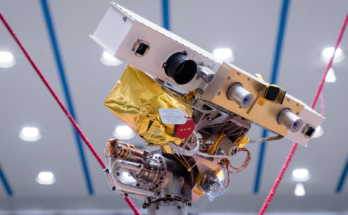Our solar system has always been a place full of mysteries. Although we have been exploring planets in the Solar System for many years now, there are still many things that are to be uncovered about these planets. Making History in Human Space Exploration, two spacecrafts sent from Earth was to flyby Venus today.
Both spacecraft will use the gravitational pull of Venus to go deeper in to the center of the Solar System. The first of these two spacecraft, the Solar Orbiter, is to flyby Venus on her way towards the Sun. It was scheduled to travel approximately 7995 km above the surface of Venus at 10.12 am Sri Lankan time(04:42 UTC) this morning, August 9th. The spacecraft will photograph the polar region of Sun for the first time in history. This Solar Orbiter project is being implemented in collaboration with the European Space Agency (ESA) and NASA.
Hours after the Solar Orbiter’s flyby, the BepiColombo spacecraft, launched under the Bepicolombo project jointly operated by the ESA and the Japanese Space Agency(JAXA), will also reach Venus for another flyby. According to ESA, the spacecraft will travel approximately 550 km above the surface of the planet Venus on August 10 at 7.18 pm Sri Lanka time. The BepiColombo spacecraft will do this flyby on her way to Mercury, the smallest planet in the Solar System. The spacecraft will use the Sun’s immense gravity to reach an orbit around Mercury. The space craft is named BepiColmbo as an honor to an Italian scientist Giuseppe (Bepi) Colombo.
Both spacecraft will not be able to take high-resolution photos during their Venus encounters. The main camera of the Solar Orbiter spacecraft will be pointing towards the sun at this point. Also, the main camera of the BepiColombo aircraft will be covered by a transfer module. But the BepiColombo’s two other monitoring cameras will take 1024×1024 size photos of the Venus surface. These photos will be delivered to Earth’s control room on the 10th and 11th.
In addition to photographs, these two spacecraft will collect data on several other parameters, including the magnetic field and the plasma environment of Venus from different locations. The data will be used to study the environmental conditions on the planet Venus and for projects such as EnVision, which is scheduled to visit Venus in 2030.
Sri Lankan mark on BepiColombo spacecraft
Unknowingly to many of us, a Sri Lankan representation was there in one of these two planetary projects. That is none other than Engineer Mahilal de Silva who headed the team of mechanical engineers that contributed to the BepiColombo project. Working as an aerospace engineer attached to the AirBus Defence and Space, Mahilal de Silva, is now working on the ExoMars rover project, which will be launched to Mars in 2022.
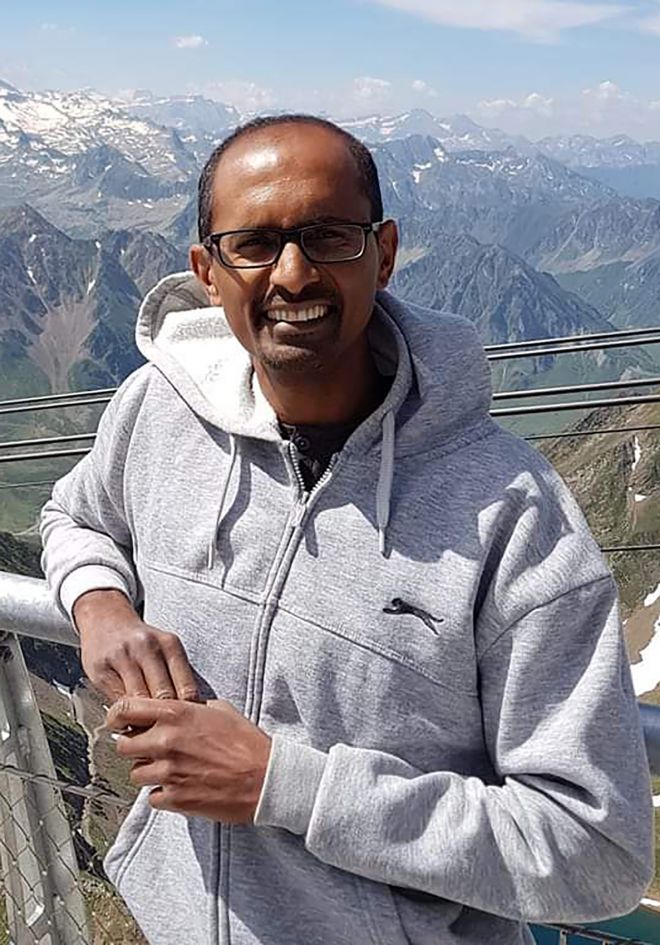
An alumnus of Isipathana, Royal Collage and Lyceum schools, Mahilal chose Kingston University in England for his higher education. There he graduated with a degree in aerospace engineering and joined AirBus. After working in various sections in the company as Aircraft Design Engineer, an Aircraft Manufacturing Engineer and an Aircraft Maintenance Engineer, he took over the duties as the Lead mechanical Engineer of the BepiColombo spacecraft project. He led his team efficiently and contributed to the design, build and test of this BepiColombo spacecraft until the launch in 2018.
Commenting on the Kingston University website article about his role as an aerospace engineer, Mahilal said, “It’s a specialised industry so learning the engineering fundamentals, while developing hands-on experience is crucial. But most of all, they should enjoy it and demonstrate the passion they have for what they do.” “When I was younger I was fascinated by space and the question of whether we are alone in the universe, so working on this mission has been a dream come true,” Mahilal added.

